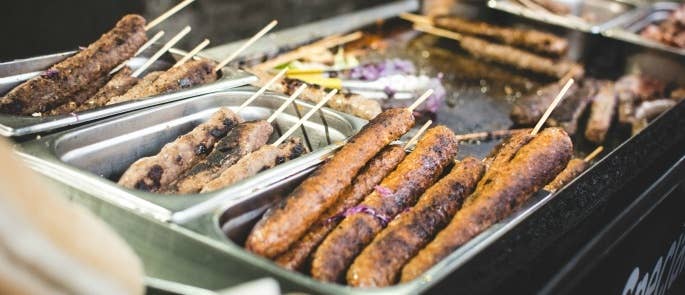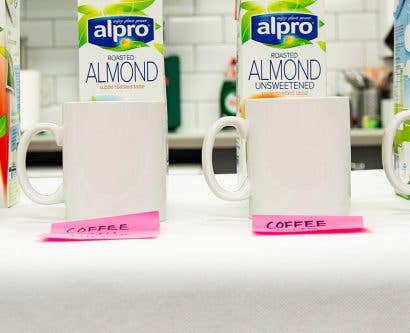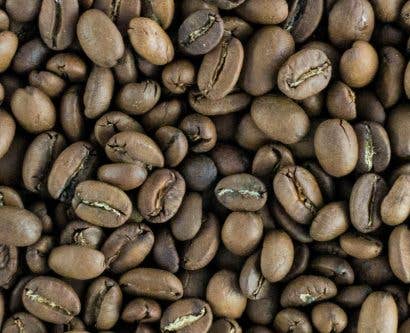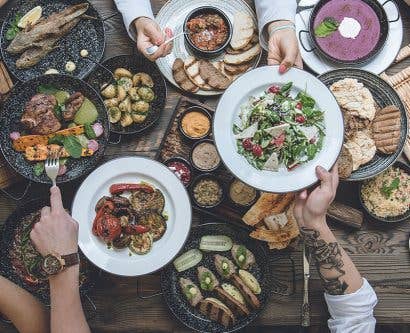Is Street Food Safe? A Street Food Hygiene Guide for Consumers
Street food refers to the food and drink sold on streets and in other public places, such as markets. Originally beginning in Asia, its growing popularity has spread to America and the UK.
Street food is popular in many environments. From music festivals littered with stalls, to markets that contain a wide range of stands, street food is becoming increasingly available to us as consumers.
Whilst street food is certainly delicious, and a fun way to become part of a local culture, we often find ourselves asking ‘is street food safe?’. Put simply, yes – all street food businesses must be aware of food hygiene principles in order to serve food safely to consumers.
Is Street Food Safe?
We all get tempted by the smells and sights of street food as we walk past. However, despite our temptations, many of us are sceptical about whether it’s safe to eat.
As long as certain hygiene conditions are met, there’s no reason that street food isn’t safe for consumption. The following six sections of this article offer you five things to look out for when you’re thinking of buying street food and want to know if it’s safe.
Cleanliness
When you examine a street food station for cleanliness, you should look at the workstation, the utensils and crockery, and even the server themselves. You can be subjective with this: if you think that somewhere looks dirty and unhygienic, or that the vendor looks like they don’t fully care for their personal hygiene, then you shouldn’t eat there.
Ask yourself:
- Is the workstation tidy and organised – for example have they kept raw food away from cooked food?
- Is the workstation clean, with no signs of dirty surfaces, unwiped spillages, and bits of food waste?
- Does the area around the stall look clean? For example, is there excess rubbish or signs of pests?
- Are there any signs of a food hygiene sticker displayed on or around the stall?
- Does the vendor look to follow high standards of personal hygiene and cleanliness?

Temperature
There are temperatures that food must be cooked at and held at for it to be safe. These temperatures must be adhered to across all food establishments, from the most expensive of restaurants to street food stalls. Incorrect cooking and holding temperatures are incredibly dangerous and can put you at risk of many complications, such as food poisoning.
Bacteria need warmth to multiply and they multiply the quickest in temperatures between 20°C and 50°C. To prevent bacteria from multiplying in food, it’s important that food handlers keep any hot food above 63°C any cold food below 5°C. Temperatures above 5°C and below 63°C are considered the danger zone. If hot food cannot be kept at 63°C or above then the vendor must discard it after two hours. If the temperature of cold food rises above 8°C then they must dispose of it within four hours.
It’s often difficult to know whether vendors adhere to these temperatures and times. If you think the food has been held in the danger zone temperatures, been left for too long, or not cooked for long enough, then don’t eat it. Furthermore, large vats of food can also be a warning sign that food has been held for too long and is being held at the incorrect temperature. Larger bowls are harder to keep warm, so it’s much better if food is made fresh to order.
Storage
Raw and cooked foods need to be kept separately to avoid risks of cross-contamination. Avoid the stall if you notice that items such as raw chicken are kept alongside ready-to-eat foods. For example, salads or cheeses.
Raw and ready-to-eat foods should be served from separate counters by different food handlers and kept in different containers. If you have any doubts that the food could be cross contaminated, don’t eat there.
Fresh Produce
A clear benefit of street food is that you can often see the vendor cooking the food before you. As a result, you can see whether they’ve cooked your food for long enough and if they’ve adhered to safe handling procedures.
This doesn’t only refer to meat and fish, but also to fruit and vegetables. Fruit and vegetables can carry harmful bacteria and the vendor should wash them appropriately.

Ice and Water
When you’re travelling there are certain places where you shouldn’t drink tap water, such as in Africa, South America, and many places in Asia. In these countries, you shouldn’t drink any water unless it’s bottled. Furthermore, you should also not have ice in your drinks unless you see it taken from a sealed, packaged bag.
Salad items are also dangerous in this sense if they’ve been washed in contaminated water. Think about what you order when you visit a country with potentially contaminated water sources. Of course, if you visit a street food truck in the UK, these issues become irrelevant.
Fruit and Vegetables
Because fruit and vegetables could be washed in contaminated water, you should always peel your fruit and vegetables and buy produce that has a peel-able skin, such as bananas.
Avoid food that you can’t peel, such as tomatoes, as these can carry harmful bacteria on the skin.
What to Read Next:
- The Importance of Food Hygiene Training
- Food Borne Diseases: A Complete List
- What are High-Risk Foods and How Can I Use Them Safely?
- Do I Need a Food Hygiene Certificate to Sell Food?
- How to Set Up a Food Stall at a Festival
- Online Food Hygiene Training











